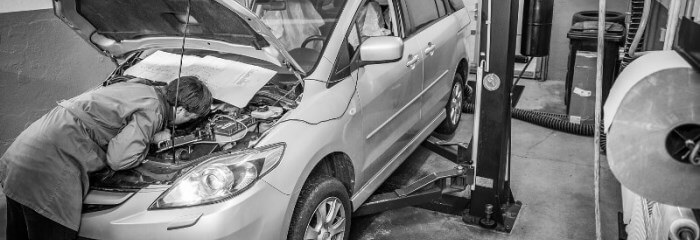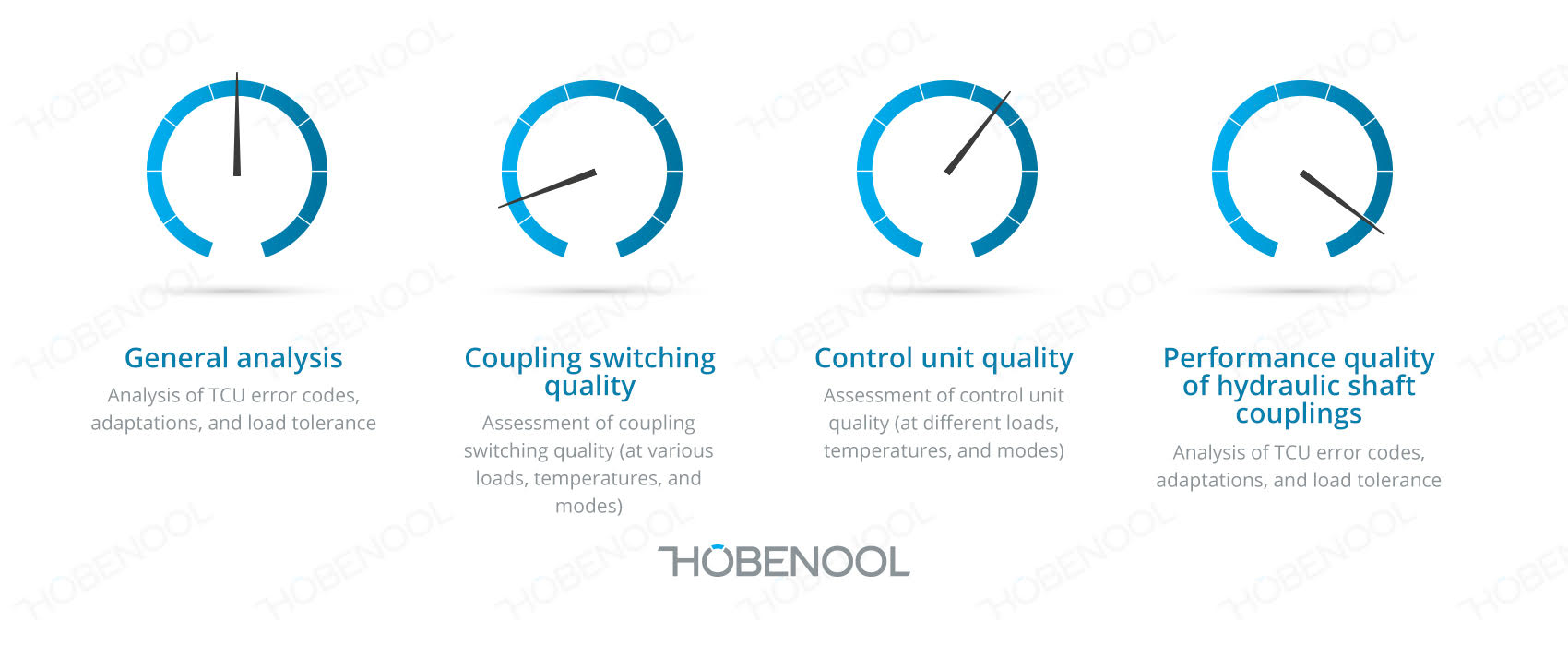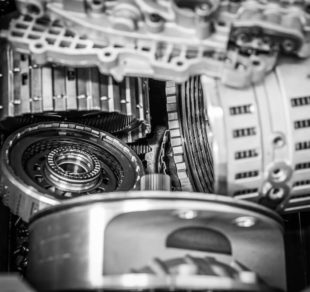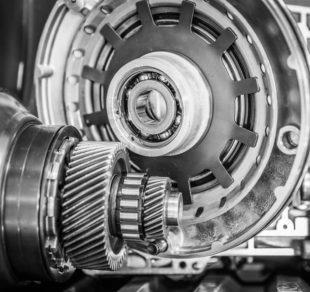
The transmission is the most complex electromechanical device of a modern car, being significantly more complex than an engine. At the same time, the transmission is more difficult to diagnose because it has few sensors and transducers to make the vehicle’s transmission computer (TCU) perform a self diagnosis.
Fault codes are visible to the TCU if there are strong and measurable malfunctions (e.g. no gear change) in the transmission. As a rule, no cosmetic disturbances (e.g. gear change as a shock or the presence of a vibration) are recorded as an error code and TCU alarms are not displayed.
Thus, diagnostics based only on fault codes gives a false and incomplete overview of the operation of the vehicle’s transmission.
Transmission’s cosmetic disorders indicate transmission malfunctions and repair needs. The complexity is compounded by the fact that a similar symptom can be caused by several different errors, individually or in combination.
Determining the exact cause of the transmission malfunctions requires thorough and special transmission testing, test drive and diagnosis.
Special transmission diagnostic process
Our long-term professionals have developed the special transmission diagnostic process of the Hõbenool, which aims primarily to find out whether the transmission only needs maintenance or more thorough repair. Special transmission diagnostics detects particular transmission faults and malfunctions that are inputs to the repair work.
During Hõbenool’s specialized gearbox diagnostics, the following parameters are tested and analyzed if needed:
- Short test and error code analysis
- Load tolerance assessment
- Test drive and evaluation based on sensor parameters
- Assessment of adaptation values
- Quality assessment of the control unit
- Pressure value assessment for the hydraulic torque converter or clutch engagement
- Assessment of planetary clutches, variators, and belt chain
- Visual assessment of ATF and/or Gearoil
- Visual assessment of technical fluids and oil(s)
- Evaluation of technical fluids and oil level(s)
- Advice on necessary repairs and preparation of an indicative cost estimate
The service price is €90.
We cannot provide a gearbox repair quote until we have completed a specialized diagnostic of the gearbox.






